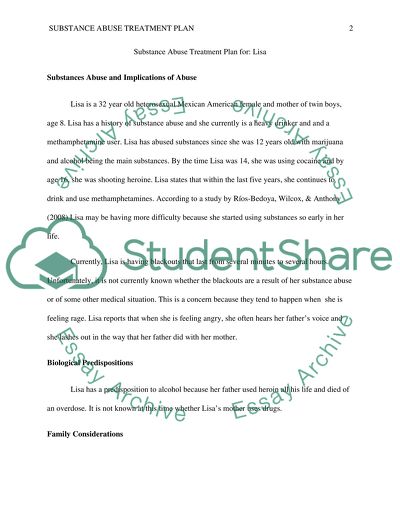Cite this document
(“Substance Abuse Assessment and Intervention Plan Assignment”, n.d.)
Retrieved from https://studentshare.org/psychology/1475334-substance-abuse-assessment-and-intervention-plan
Retrieved from https://studentshare.org/psychology/1475334-substance-abuse-assessment-and-intervention-plan
(Substance Abuse Assessment and Intervention Plan Assignment)
https://studentshare.org/psychology/1475334-substance-abuse-assessment-and-intervention-plan.
https://studentshare.org/psychology/1475334-substance-abuse-assessment-and-intervention-plan.
“Substance Abuse Assessment and Intervention Plan Assignment”, n.d. https://studentshare.org/psychology/1475334-substance-abuse-assessment-and-intervention-plan.


